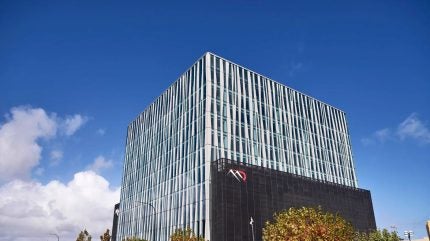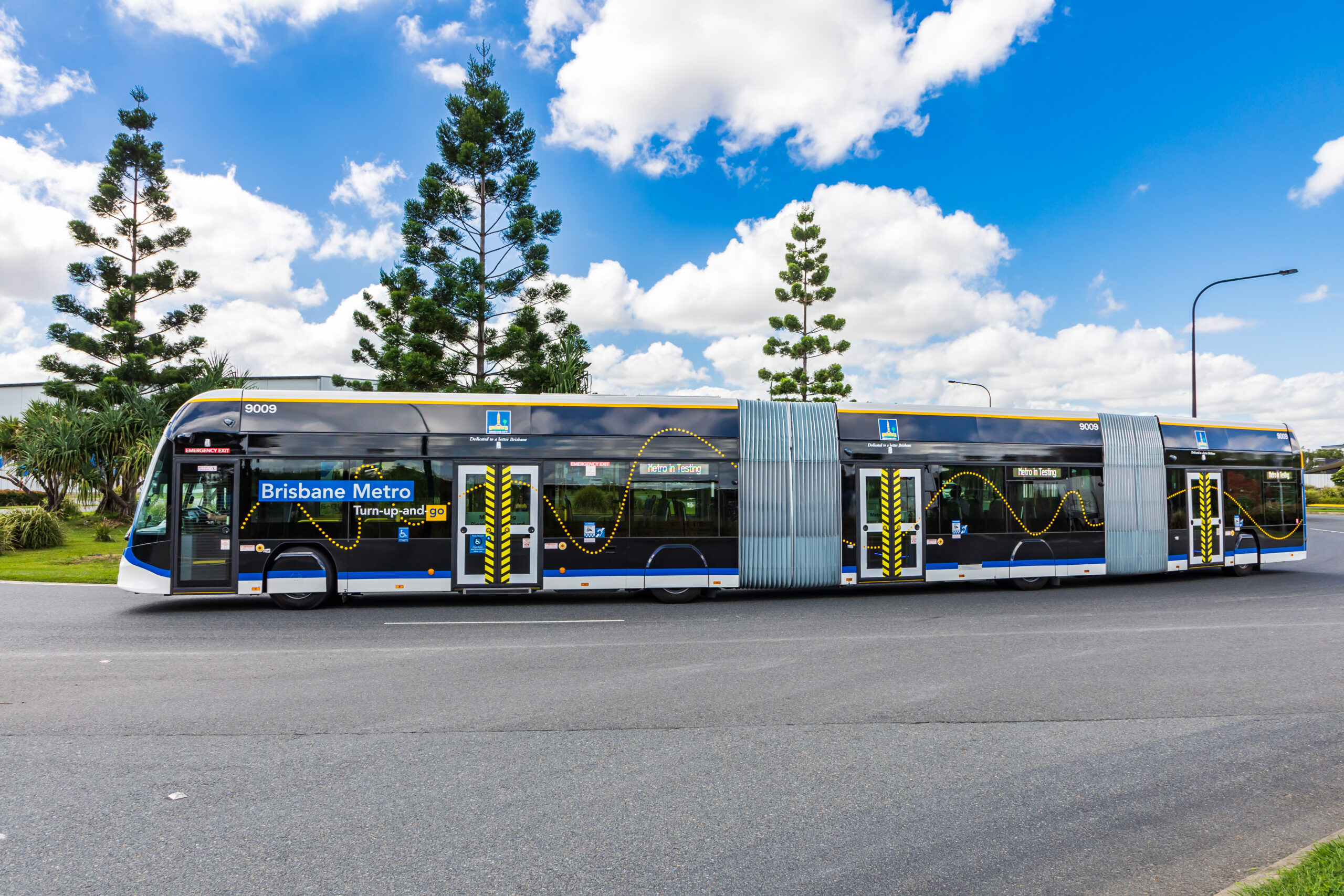Sign up for daily news updates from CleanTechnica on email. Or follow us on Google News!
Mercedes-Benz AG recently ordered a CMBlu 11 MWh Organic Solidflow battery for its Rastatt, Germany plant. The battery utilizes recyclable materials and non-flammable aqueous electrolytes. It will be used to store electricity generated by the plant’s own PV solar panels. The Rastatt plant has approximately 6,100 employees and produces a number of different Mercedes models, including electric vehicles.
CMBlu Energy was founded in Germany in 2014 and has over 190 employees.
The President of CMBlu Energy Inc, (CMBlu Energy AG’s U.S. Subsidiary), Giovanni Damato, answered some questions about the CMBlu Organic Solidflow battery for CleanTechnica.
What is the battery’s energy storage capacity?
It’s 11 MWh. The Mercedes announcement is a 2.16 MW/10.8 MWh system (5-hour long duration).
When will it be installed at the Rastatt, Germany, plant and what will it be used for?
Mercedes-Benz Group AG’s first Organic SolidFlow battery project will be realized in the second half of 2025 at the Rastatt site. The battery used in Rastatt will be able to store and release approximately 11 MWh of green electricity, e.g. generated by the plant’s own PV systems, over a period of multiple hours. This is the battery energy equivalent of more than 150 fully electric EQA models that are being produced at the Rastatt plant.
What is the battery’s cost and length of warranty?
At 4 hour duration, CMBlu’s price is competitive with conventional li-ion installations. At 5 hour and longer durations, CMBlu’s prices are increasingly less expensive than conventional li-ion installations. 10 year warranty; long-term service agreements available for greater than five years.
What are some advantages of using your flow batteries?
CMBlu Energy’s SolidFlow technology mixes the benefits of flow and solid-state battery technologies in a unique, first-of-its-kind approach to be commercialized.
The technology utilizes organic (carbon-based), non-metal energy storage materials, that are readily available all over the world.
The design does not incorporate rare substances or conflict critical minerals and all battery components are reusable or recyclable.
Similar to other flow batteries, the Organic SolidFlow battery uses pumps to move liquid electrolytes from tanks to an electrode stack where protons pass through a membrane and a voltage is induced with the corresponding ability to do work.
The Organic SolidFlow battery utilizes an aqueous, water-based system and presents no fire, explosive, or spill-related environmental hazards. Also, like other flow battery systems, the power and energy of CMBlu’s system scale independently based on the number of electrode stacks, as well as the tank sizing and electrolyte volumes.
Most non-lithium batteries are prohibitively large whereas CMBlu’s Organic SolidFlow battery has a compact footprint that is stackable, making it far easier to scale up to the GWh scale for a variety of different applications.
The system-inherent separation of the electrolyte and the actual energy converter not only avoids self-discharge, but also enables the original performance to be restored by simply replacing individual components instead of the entire battery.
Similar to other solid-state technologies, the Organic SolidFlow solution stores most of the energy in the solid, resulting in enhanced energy density.
The use of solid carbon-based energy storage materials in the tanks, in addition to utilizing such materials in the liquid electrolyte, is the key difference between the Organic SolidFlow system and other flow or solid-state-only battery systems.
CMBlu’s manufacturing approach of using “off the shelf” equipment aids in the modularity of the tech, serviceability, and clean supply chain (which importantly can be locally sourced and produced) and can use current infrastructure for manufacturing.
If maintained properly, how long is the battery’s lifespan?
With proper maintenance, CMBlu’s system can run for 20 years or more. CMBlu’s SolidFlow system’s cycle life is 20,000+ cycles, which typically is not practically reached in a 10-20 year project life with daily cycling. Calendar life is the primary driver for maintenance schedules during a 10-20 year project life (see warranty response above).
Can your batteries be installed in groups, say, three or four near one another?
The batteries are installed in groups, or strings, of three to four modules, and the modular architecture enables safely racked battery energy storage system plants (image example below).

What does the routine maintenance look like for one of your batteries?
In general, there is minimal onsite maintenance, with the CMBlu system being operated remotely most of the time. Routine visual inspections and hardware diagnostics, including enclosure / building-level HVAC system conventional preventative maintenance, safety system checks, and 10-20 yr pump maintenance cycles depending on cycle profiles. There is a10yr shuttle electrolyte rejuvenation process (See warranty response above).
What is the process for decommissioning one of your batteries when its use life is over?
CMBlu Energy will recycle, reuse, or repurpose the Organic SolidFlow battery system. The liquid electrolyte will be pumped into IBCs and then transported to a CMBlu facility where it will be analyzed. Using those results, the electrolyte can be treated and regenerated or be reused as is. The rest of the energy storage system is sorted according to materials where the main components are made of plastics. These plastics will be shredded and turned into granulate to be used again. The electronic components will be recycled.
Have a tip for CleanTechnica? Want to advertise? Want to suggest a guest for our CleanTech Talk podcast? Contact us here.
Latest CleanTechnica.TV Videos
CleanTechnica uses affiliate links. See our policy here.





